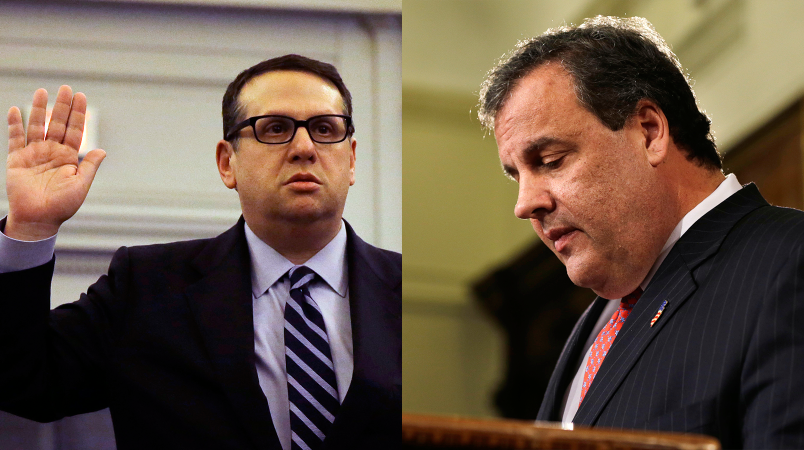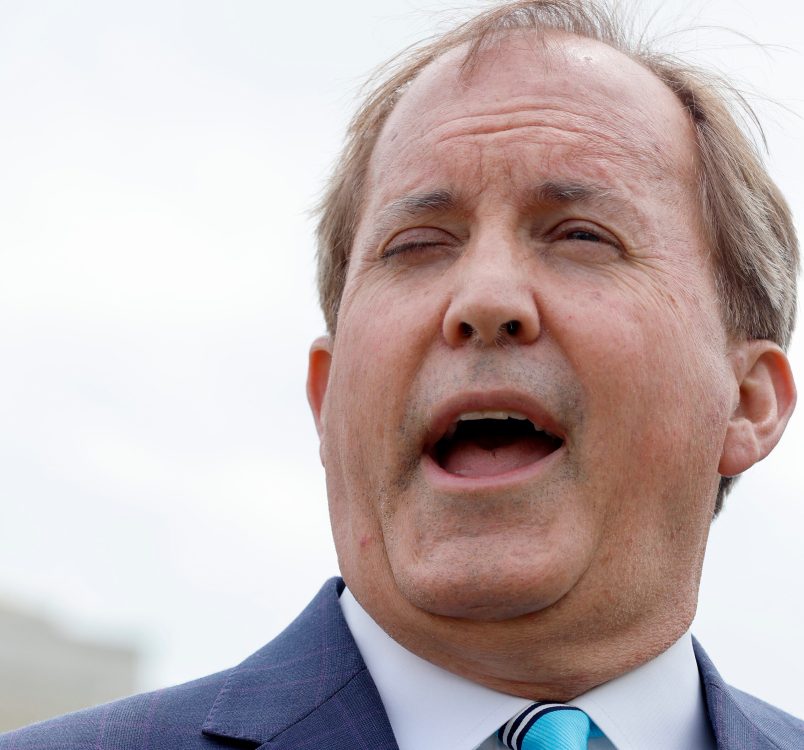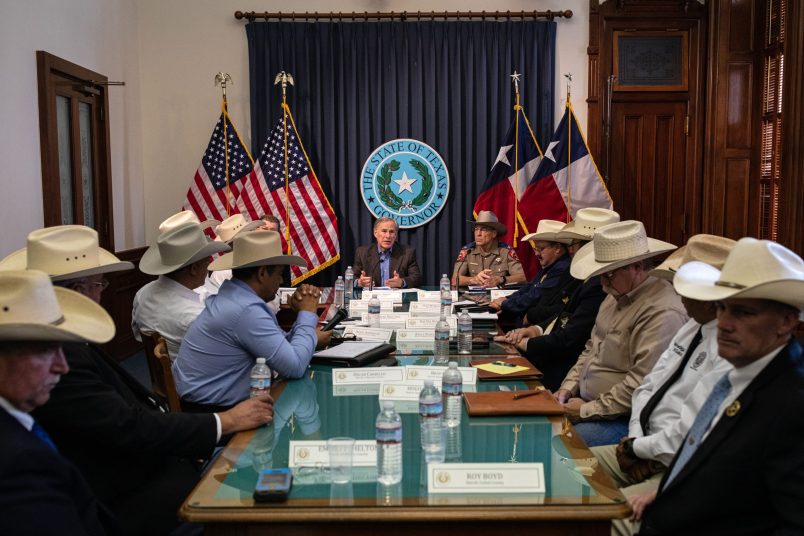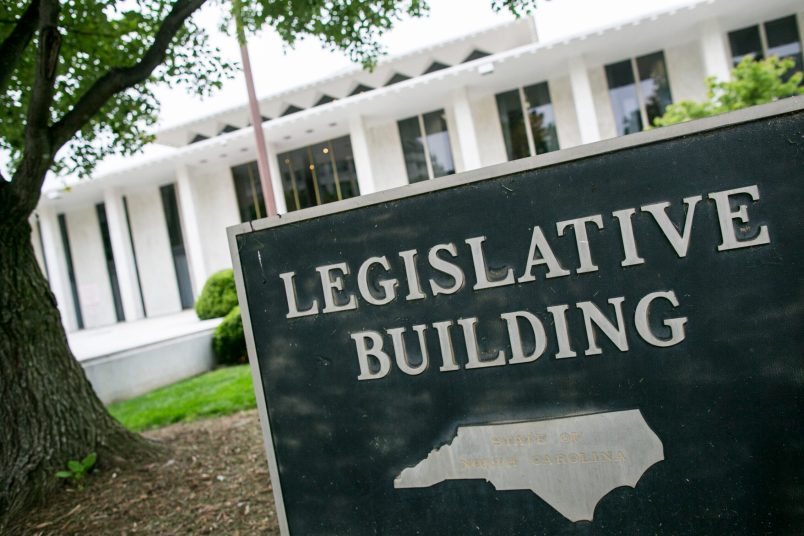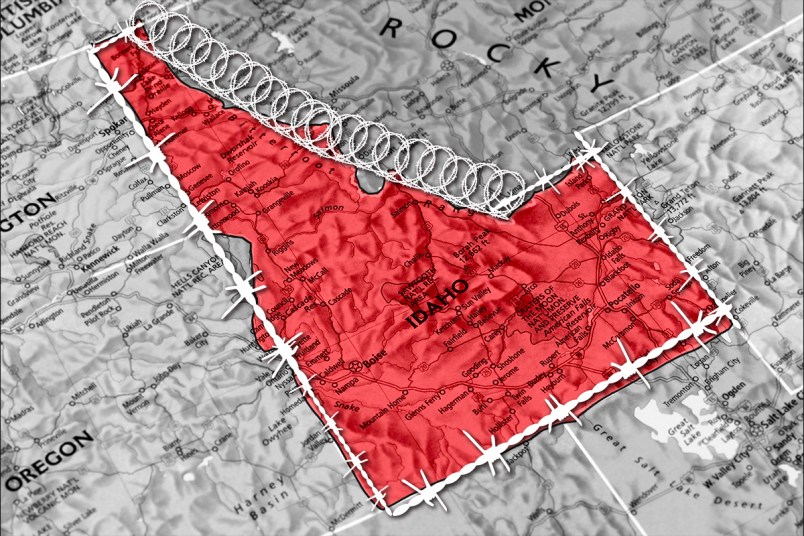About 19 months after unexpected lane closures on the George Washington Bridge snarled traffic for several days in the town of Fort Lee, New Jersey, a U.S. attorney announced charges against former allies of New Jersey Gov. Chris Christie (R) for their alleged roles in the so-called “BridgeGate” scandal.
Former Port Authority of New York and New Jersey executive David Wildstein pleaded guilty to two conspiracy counts and was cooperating with federal prosecutors. Christie’s former chief of staff, Bridget Anne Kelly, and another of his former Port Authority appointees, Bill Baroni, were each indicted on seven counts of conspiracy and fraud.
Christie has repeatedly denied any involvement in the scandal, and emphasized on Friday that the charges did not directly link him to the closures. Yet the scandal landed hard inside the office of the governor, who has been contemplating a run for President in 2016.
Here’s are the most significant things we learned about the scandal on Friday:
The lane closures were a political revenge plot
The longest-standing of the theories that emerged to explain the lane closures, that they were an act of political retribution, turned out to be the correct one. Wildstein admitted Friday in court to plotting the lane closures with others, including Kelly and Wildstein, in order to punish the Mark Sokolich, the mayor of Fort Lee, New Jersey, for refusing to endorse Christie’s 2013 re-election bid.
The lane closures were designed to take place on the first day of school
The indictment against Kelly and Baroni and Wildstein’s plea agreement alleged that they and others decided to shut down Fort Lee’s access lanes to the bridge on the first day of the school year in order to generate as much gridlock as possible.
“To maximize the congestion and thus the punitive impact on Mayor Sokolich, the Conspirators caused these lane and toll booth reductions to start on the first day of the school year in Fort Lee, without any advance notice to Mayor Sokolich, the Fort Lee Chief of Police, and the residents of Fort Lee,” the documents read.
The documents noted that the lane closures had the conspirators’ intended effect and created “significant traffic” in Fort Lee.
The traffic study was a “sham story”
The documents put to bed the contention by former Christie allies that the lane closures were the result of a legitimate traffic study.
“Throughout the course of the conspiracy, the Conspirators concocted and promoted a sham story that reducing the number of lanes and toll booths accessible to the Local Approach was for a traffic study,” the documents read. “They created and continually advanced this cover story so that they could use Port Authority property, including the time and services of unwitting Port Authority personnel and other resources, to implement the lane and toll booth reductions and to conceal the Conspirators’ true punitive purpose.”
Wildstein’s plea agreement noted that he enlisted the help of the Port Authority Engineering department to make the traffic study story “seem legitimate.”
Notably, U.S. Attorney Paul Fishman said Friday in a news conference that Baroni’s false testimony before a legislative committee — that the chaotic Fort Lee traffic was the result of a Port Authority traffic study — wasn’t a matter for his office to address.
The U.S. Attorney’s office doesn’t plan to bring further BridgeGate charges
After cautioning that has never previously gone as far as to reveal such a thing, Fishman told reporters that his office would not bring further charges in the BridgeGate case based on the evidence available at this time.
There were co-conspirators who were not charged or named
In response to a question from a reporter, Fishman did acknowledge that Wildstein, Kelly and Baroni had co-conspirators who were not indicted in the revenge plot. The U.S. attorney declined to identify those co-conspirators or say how many of them there were, however.


